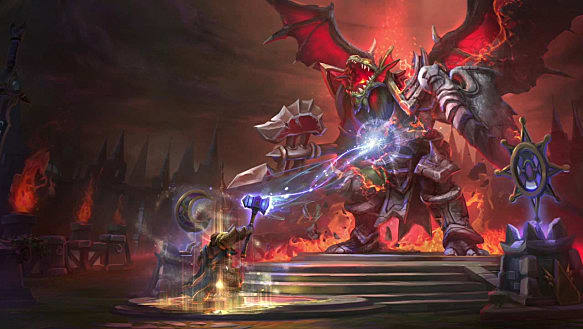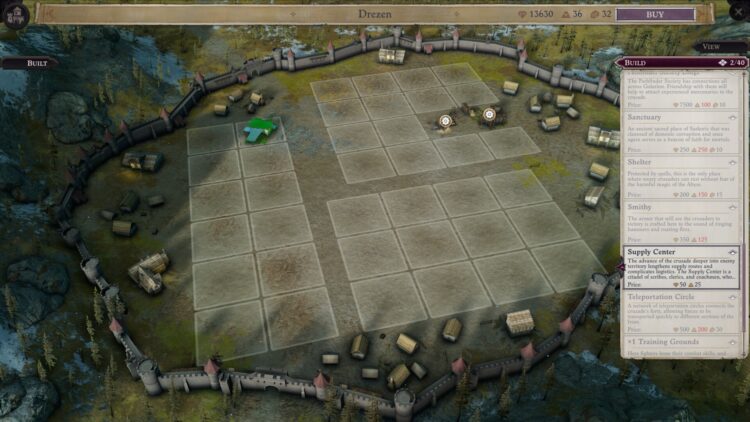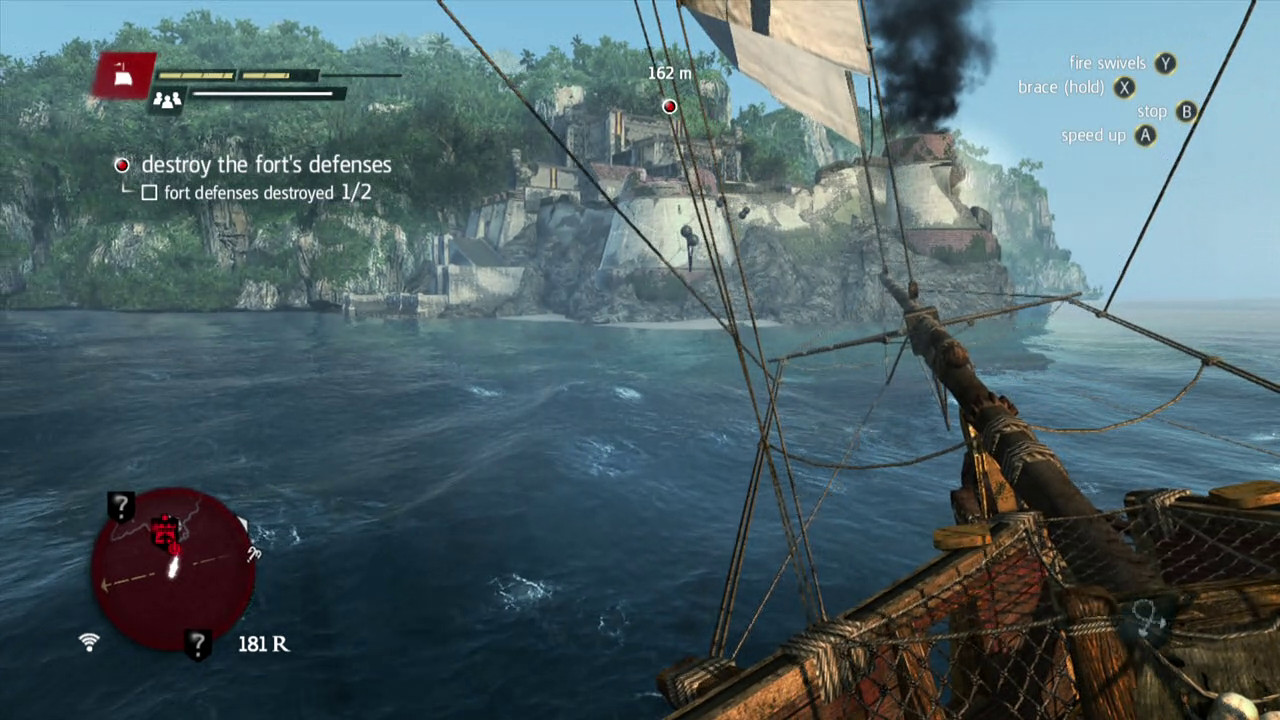


Fortification is usually divided into two branches: permanent fortification and field fortification. The art of setting out a military camp or constructing a fortification traditionally has been called " castrametation" since the time of the Roman legions. Though smaller than a real fortress, they acted as a border guard rather than a real strongpoint to watch and maintain the border. These constructions mainly served the purpose of a watch tower, to guard certain roads, passes, and borders. A Greek phrourion was a fortified collection of buildings used as a military garrison, and is the equivalent of the Roman castellum or English fortress. In ancient Greece, large stone walls had been built in Mycenaean Greece, such as the ancient site of Mycenae (famous for the huge stone blocks of its ' cyclopean' walls). Some settlements in the Indus Valley Civilization were the first small cities to be fortified. The term is derived from Latin fortis ("strong") and facere ("to make").įrom very early history to modern times, defensive walls have often been necessary for cities to survive in an ever-changing world of invasion and conquest.

Aerial photograph of Fort Vossegat, Utrecht, The Netherlands.Ī fortification is a military construction or building designed for the defense of territories in warfare, and is also used to establish rule in a region during peacetime.


 0 kommentar(er)
0 kommentar(er)
